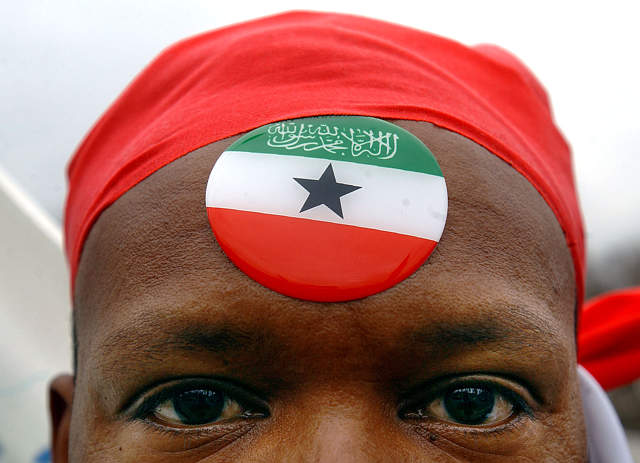How an Ethiopian slave became a South African teacher

isho Jarsa, trained as a domestic servant, went on to become a teacher
When Neville Alexander used to visit his maternal grandmother Bisho Jarsa as a boy, he never suspected the extraordinary story of how she had come from Ethiopia to the South African city of Port Elizabeth.
Bisho was one of a group of Ethiopian slaves freed by a British warship in 1888 off the coast of Yemen, then taken round the African coast and placed in the care of missionaries in South Africa.
“We were overawed in her presence and by the way she would mumble to herself in this language none of us understood,” recalls Mr Alexander, now 74.
This was Ethiopia’s Oromo language, Bisho’s mother tongue, which she reverted to as she grew older.
Mr Alexander, who was a political prisoner in the 1960s, sharing Robben Island with Nelson Mandela, is today one of South Africa’s most eminent educationists.
He remembers his younger siblings asking their mother, Dimbiti: “What’s Ma talking about… what’s the matter with her? What’s she saying?”
Their mother would respond: “Don’t worry about Ma… she’s just talking to God.”
When he was in his late teens, his mother told him about his Ethiopian origins but Mr Alexander thinks even she may not have known all
the details, which he only discovered when he was in his fifties.
He found out that the freed Ethiopians had all been interviewed on their arrival in South Africa.
The story began on 16 September 1888, when Commander Charles E Gissing, aboard the British gunship HMS Osprey, intercepted three
dhows carrying Ethiopians to the slave markets in the Arabian port of Jeddah.
Sold for maize
Commander Gissing’s mission was part of British attempts to end the slave trade – a trade that London had supported until 1807, when it
was abolished across the British Empire.

On their arrival in Yemen, the children were looked after by local families and missionaries
All the 204 slaves freed by Commander Gissing were from the Oromo ethnic group and most were children.
The Oromo, despite being the most populous of all Ethiopian groups, had long
been dominated by the country’s Amhara and Tigrayan elites and were regularly used as slaves.
Emperor Menelik II, who has been described as Ethiopia’s “greatest slave entrepreneur”, taxed the trade to pay for
guns and ammunition as he battled for control of the whole country, which he ruled from 1889 to 1913.
http://oromocentre.org/oromian-story/th ... omo-slave/






 Its kinda sickening that Oromo's are the majority yet are abused tag-teamingly by Amhara&Tigraya!,..... I wonder when they will rise up and overthrow their abusive overlords of highlanders!
Its kinda sickening that Oromo's are the majority yet are abused tag-teamingly by Amhara&Tigraya!,..... I wonder when they will rise up and overthrow their abusive overlords of highlanders!
